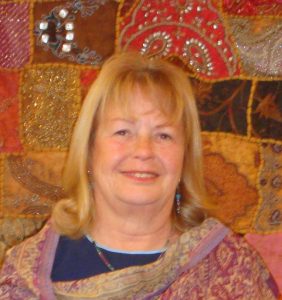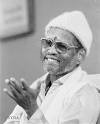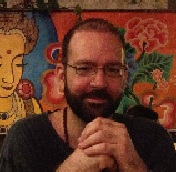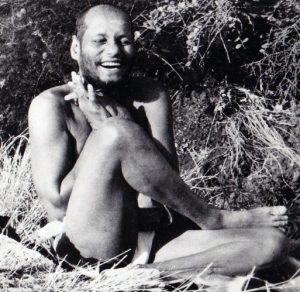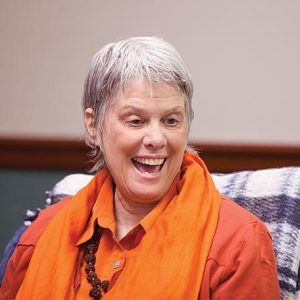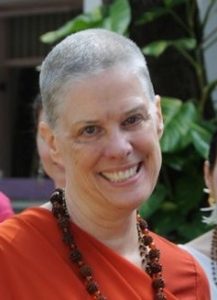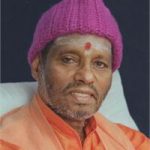Happiness is pleasure, as the thesaurus says. It’s a feeling of happy satisfaction and enjoyment, something most people want more of. But that was never much of a motivator for me. For decades I got happy by getting feedback from external sources: by accomplishing things, plus how my family and friends treated me, as well as how I presented myself to the world and its response to me.
My whole life used to be about using outside sources to make me happy, multiple outer sources that rarely lined up together. Today, I know different. Through the practice of yoga, I have found happiness on the inside.
 Swami Nirmalananda, explains this process is revealed in yoga’s ancient texts:
Swami Nirmalananda, explains this process is revealed in yoga’s ancient texts:
In the moment your mind becomes still, you abide your own Divine Essence.
Yogas-chitti-nirodhah — Patanjali’s Yoga Sutras 1.3
You have certainly found the Absolute Reality of your own Divinity in everyday events, here and there along the way. Think about when you had to have – and I mean really had to have – that piece of chocolate. You have an experience your Divine Essence just after you bite into that chocolate, in the first moment of tasting it. You can even remember the moment, the second that you actually taste the bite you’ve taken. This is the experience of the Self.
Every time your mind stops, you have an experience of your own Divine Essence. This is the inner happiness that yoga promises. You experience “svaroopa,” as Patanjali names it, which is the bliss of your own Beingness. This is technically “meditation-in-action.”
 Sitting to meditate is actually an easier and better way to access your Self. Yoga has tools for your mind, tools that quiet your mind, so your meditation takes you beyond your mind, where your own Self is already waiting for you.
Sitting to meditate is actually an easier and better way to access your Self. Yoga has tools for your mind, tools that quiet your mind, so your meditation takes you beyond your mind, where your own Self is already waiting for you.
You do so many things to keep your mind active: socializing, over-indulging and other relentless activities. You keep doing things in order to keep your mind from being still. Maybe stillness is a little scary. Yet, stillness allows you to experience your Divinity, who you actually are, deep down inside yourself. Once you attain the goal of abiding in your own essence, you take yourself with you wherever you go. What is scary about that?
Learn how to meditate. You need a teacher who can propel you past your mind, to experience your own Self. Then you can easily meditate daily, and you will notice many differences in your life. Your daily life is still there. Your activities may not change, but how you react to them will be so different. Once you find your Self, you will no longer depend on outside sources to make you happy. You will abide in an inner fullness that is even better than mere happiness.
I no longer depend on the approval of others or outside sources to make me happy. While I experience happiness during meditation, it keeps me on an even keel during all my day-to-day activities. I feel so much more grounded each day knowing that I am Divine. Mantra and meditation provided me this security and peace of mind. Wouldn’t you like to feel this way all the time? Mantra and mediation will give you your own Self.
OM svaroopa svasvabhavah namo namah
To your Inherent Divinity, again and again I bow.
